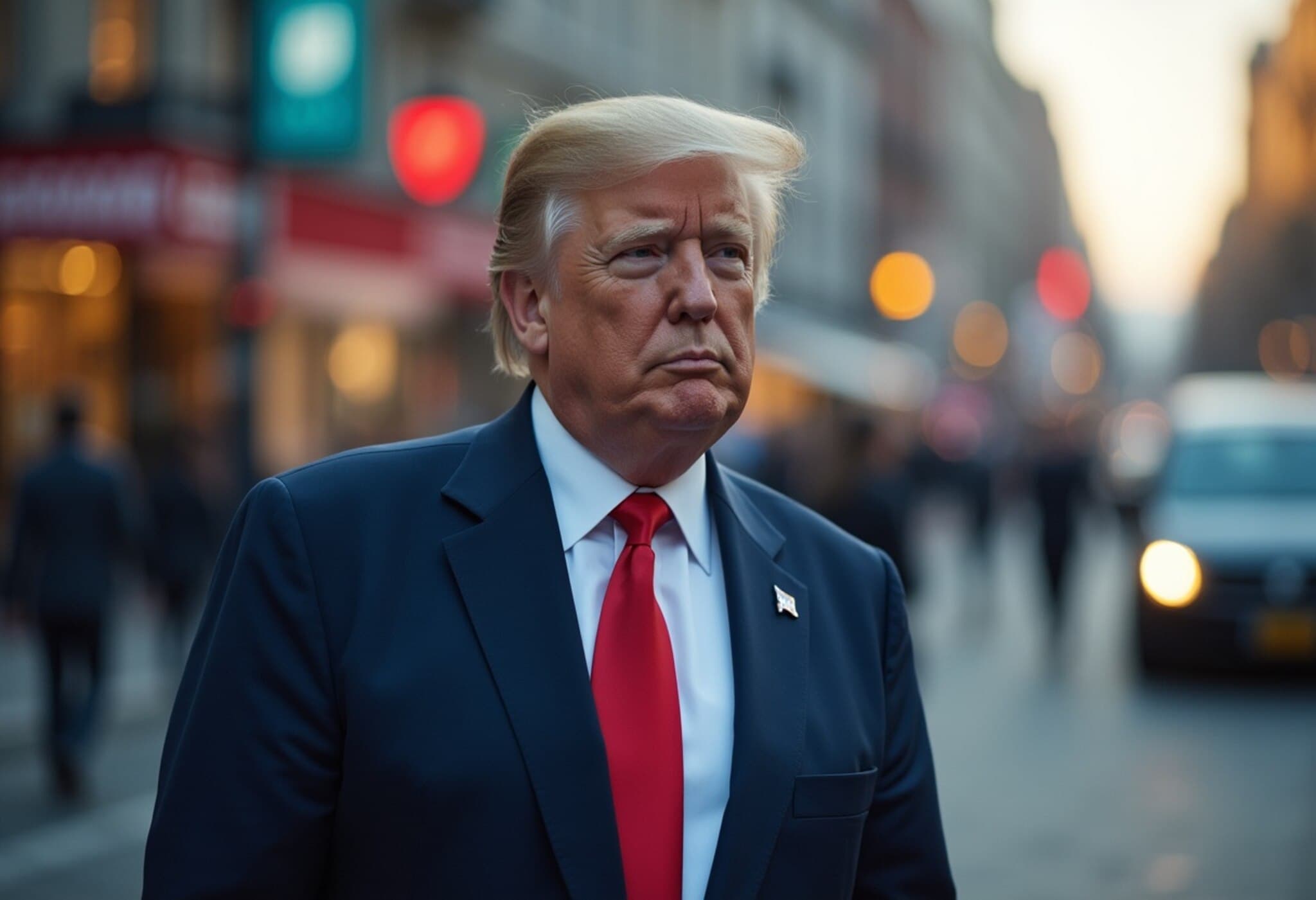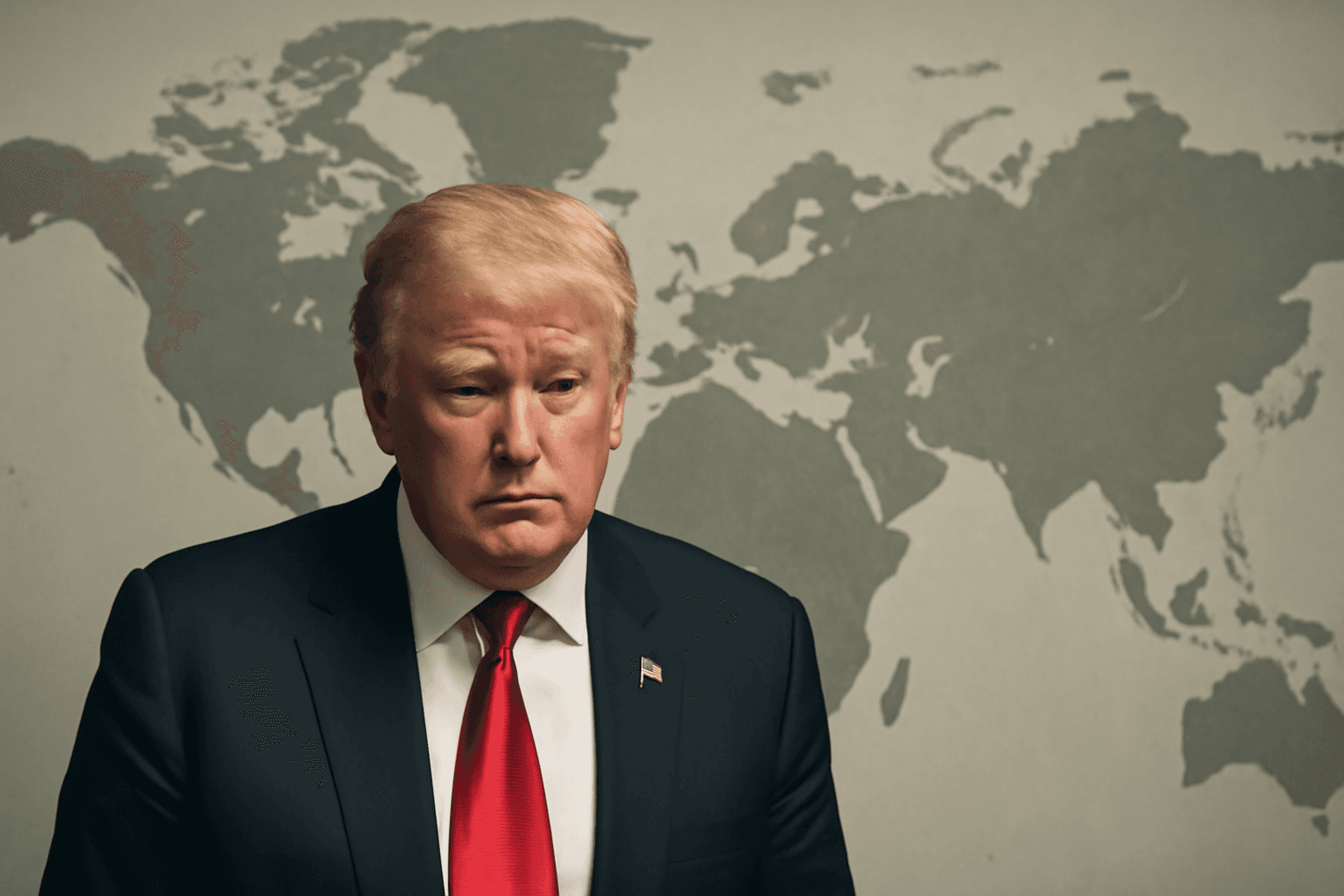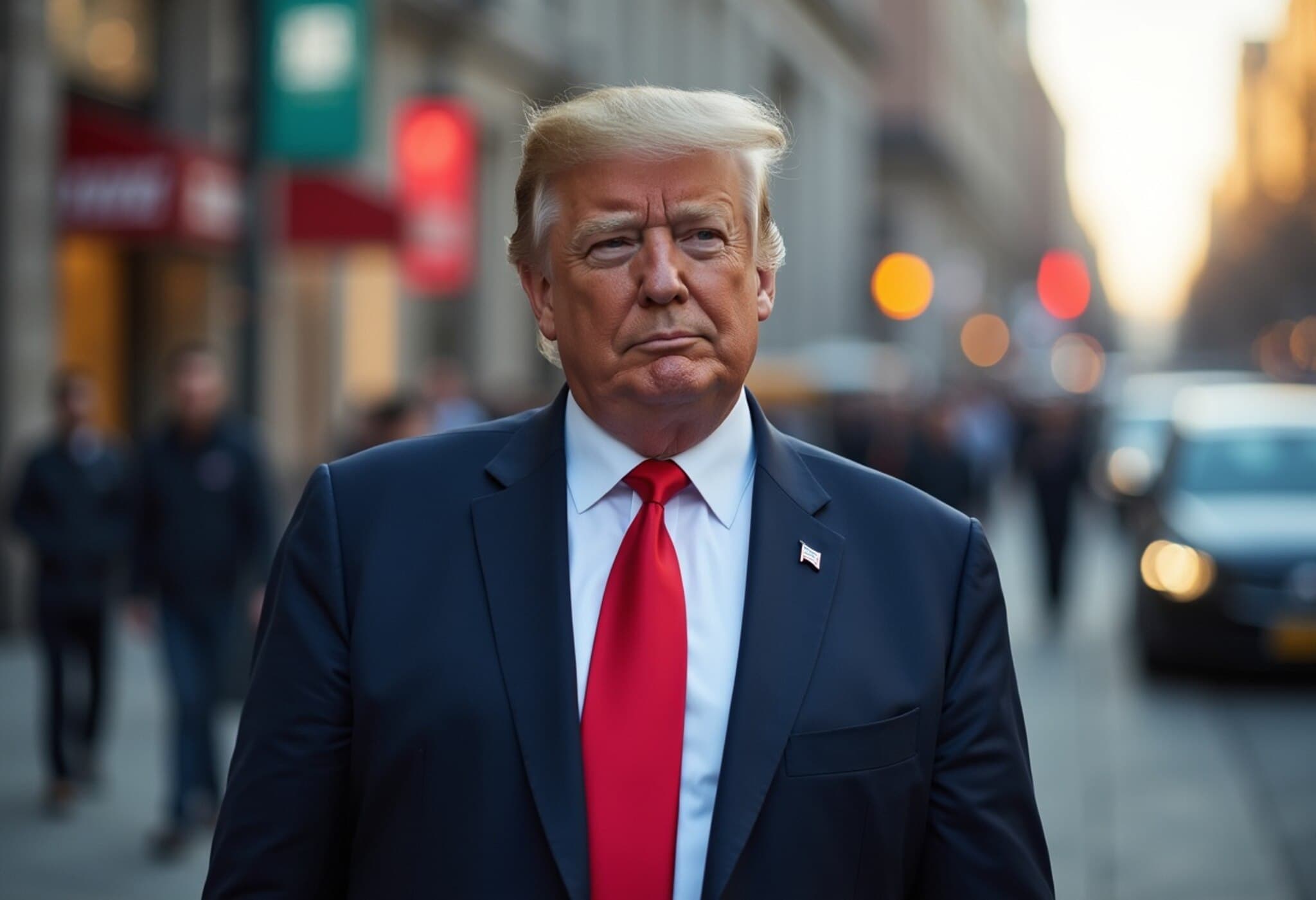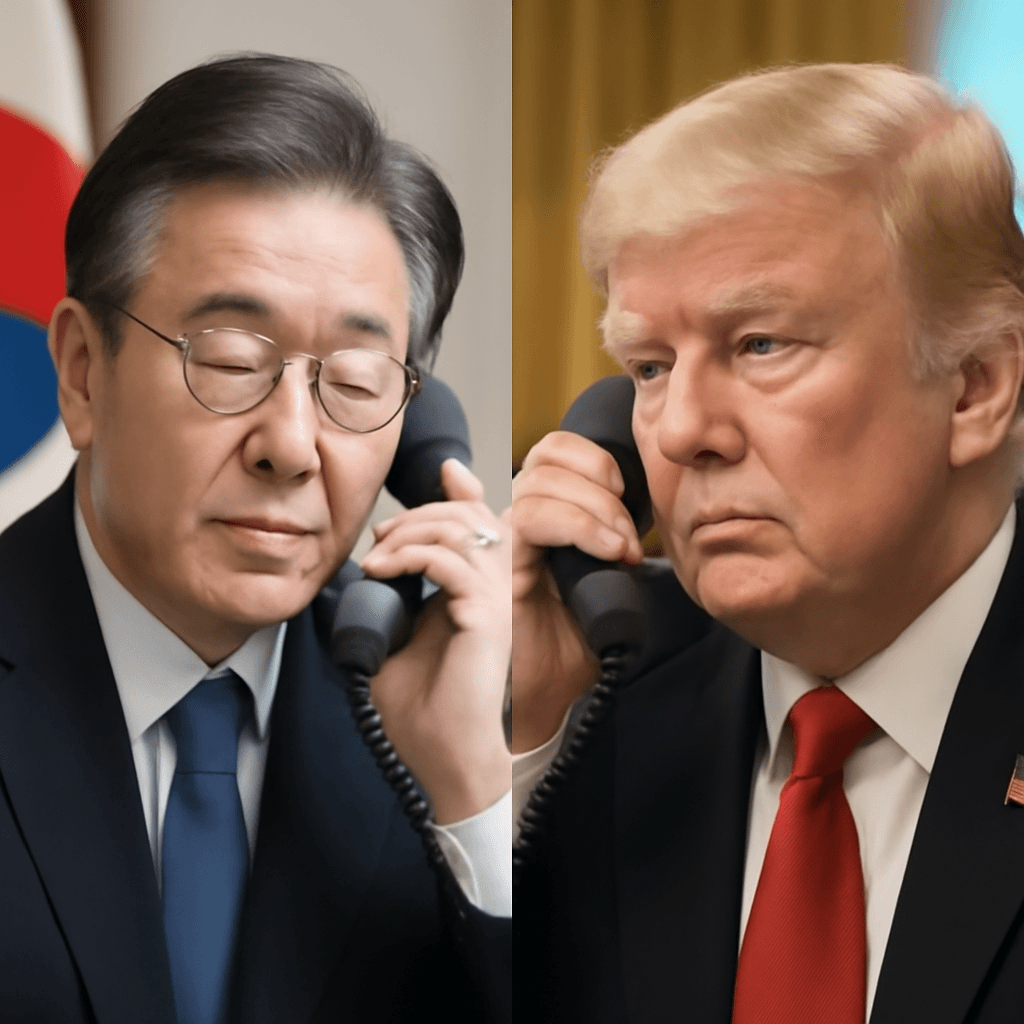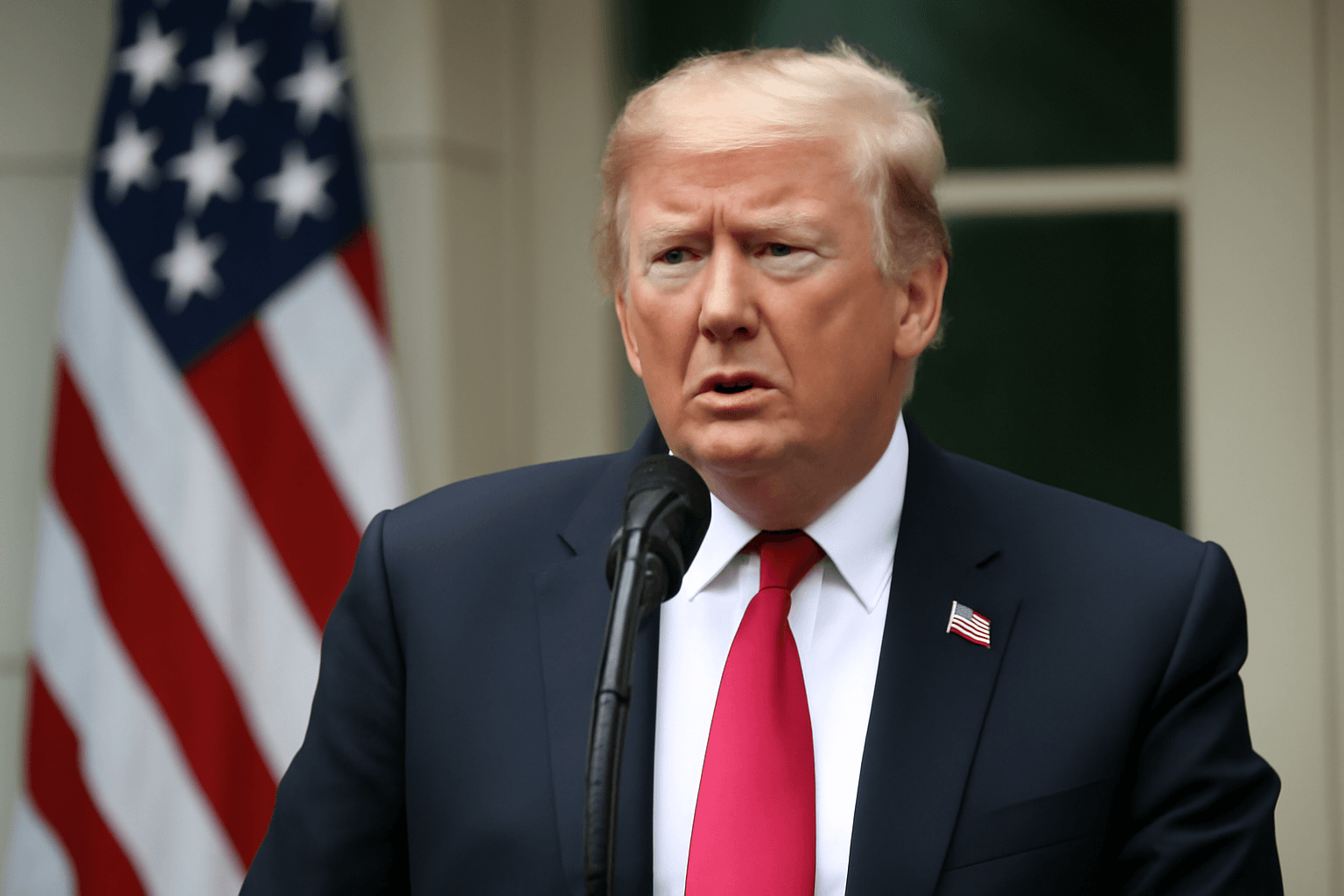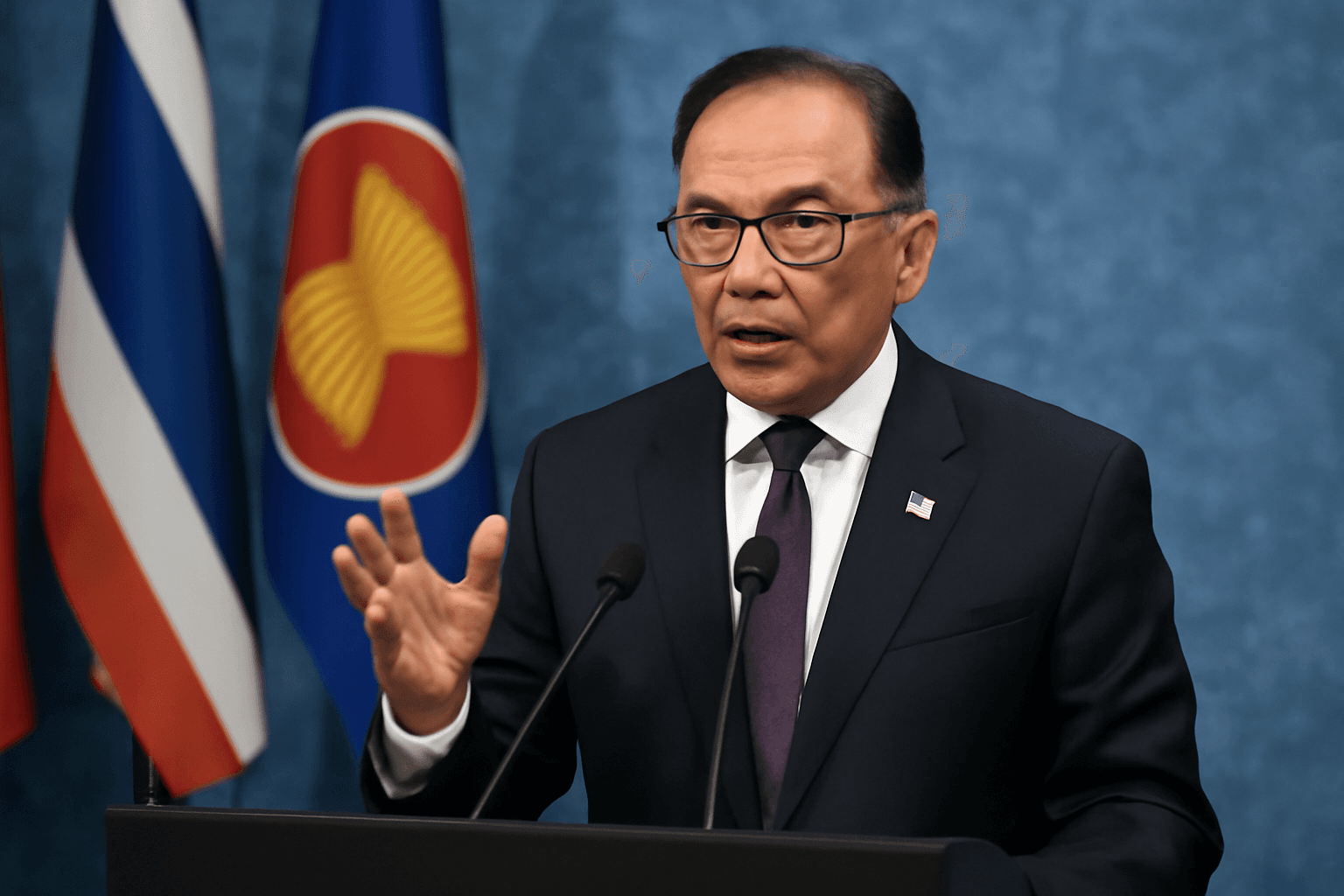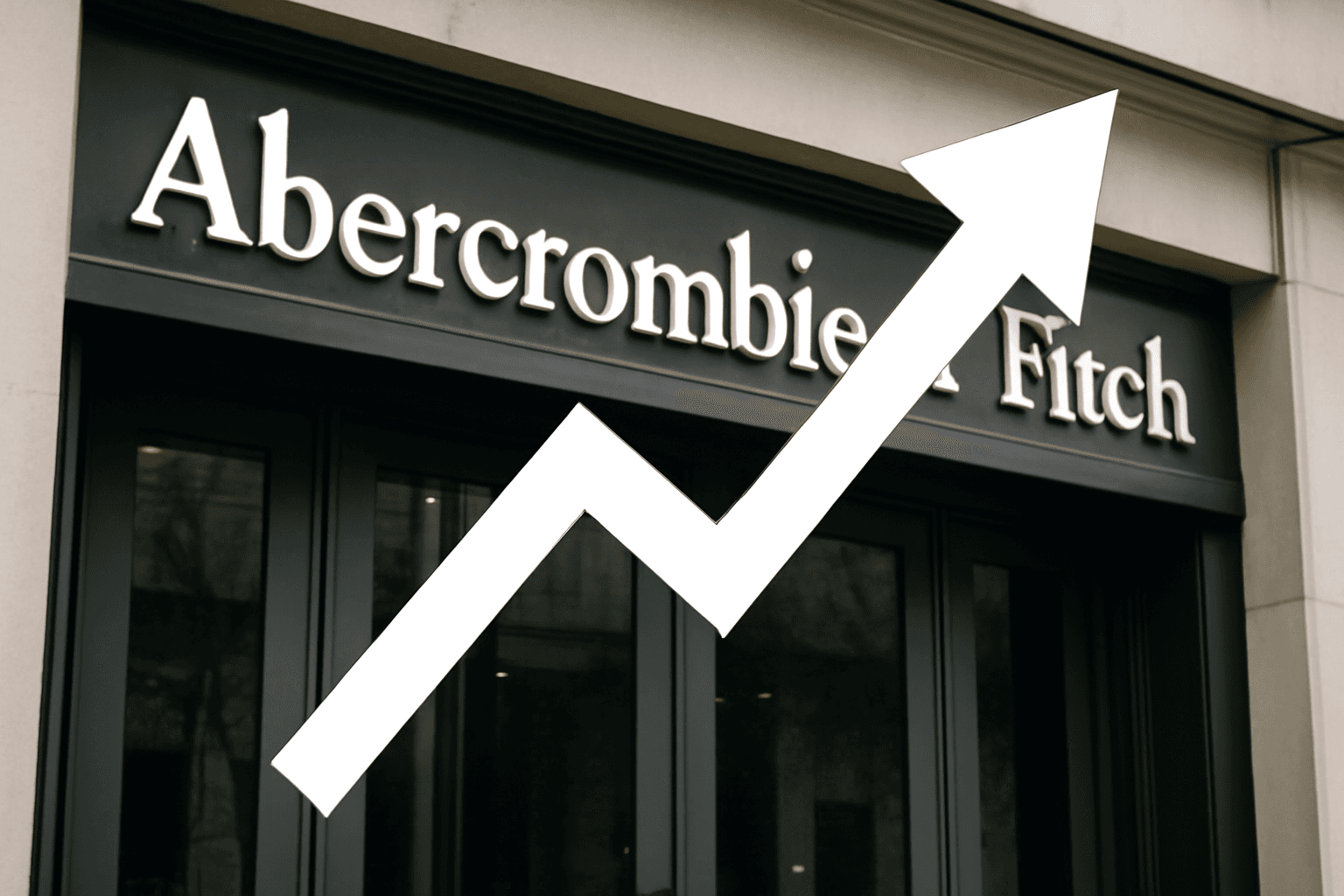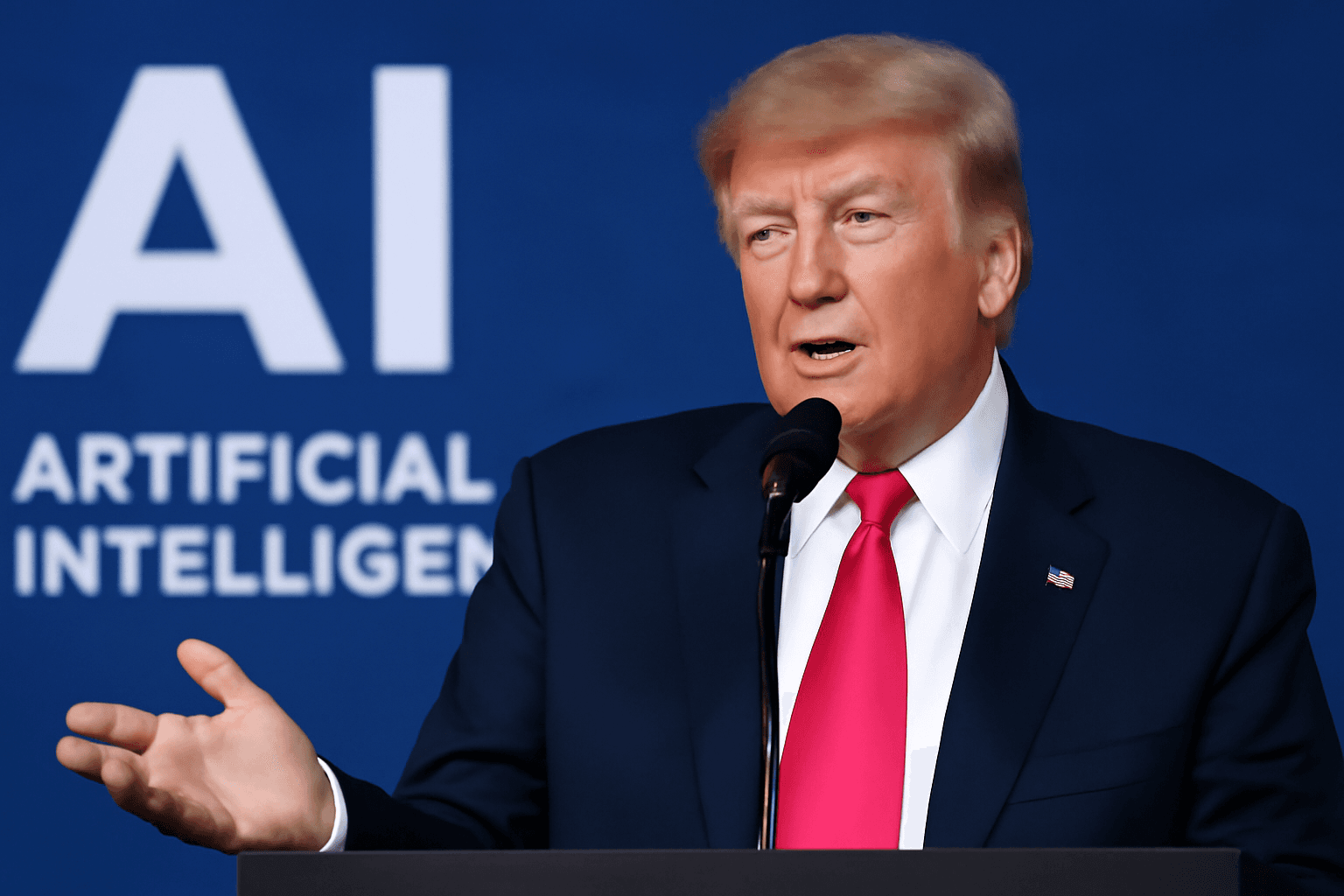EU-U.S. Trade Deal on the Horizon, but Uncertainty Looms
The prospect of a comprehensive trade agreement between the European Union and the United States appears closer than ever, yet the path forward remains shrouded in uncertainty. Despite hopeful signals, Brussels is proceeding cautiously, preparing protective measures should negotiations ultimately falter.
Current Tariff Landscape and Negotiation Status
According to a senior EU diplomat speaking to CNBC, a baseline tariff of 15% on EU imports into the U.S.—which includes an existing ~4.8% duty rate—represents the current working scenario. Notably, exemptions and specific adjustments are still under review. Complementing this, the EU may consider corresponding tariff reductions on American goods, aiming to balance the scales if agreement is reached.
Negotiations have proven challenging amid escalating pressures to finalize a deal before the looming August 1 deadline, after which EU goods risk a steep tariff hike to 30%. While less severe than the previously threatened 50%, this increase would significantly disrupt trade flows and economic activity on both sides of the Atlantic.
Holger Schmieding, chief economist at Berenberg, underscores the stakes: "Compared to the risk of much higher tariffs like 30% or even 50%, a 15% rate would be a more favorable compromise," reflecting the economic sensitivities entwined with these talks.
Leadership Holds the Keys to Final Outcome
The deal’s fate ultimately rests with U.S. President Donald Trump. An EU official cautioned media optimism, noting, "Until President Trump makes a clear decision, we have no concrete agreement. All negotiations remain fluid." The White House echoed this stance, warning that any talk of an imminent deal is still speculative.
President Trump's mercurial approach to trade agreements, highlighted in recent last-minute changes in the U.S.-Japan trade deal, adds complexity and uncertainty to the process. Observers recall how mid-discussion edits visibly altered deal parameters, underscoring the unpredictable nature of the negotiations.
Europe Strategizes for a No-Deal Scenario
With the August 1 deadline fast approaching and no guarantee a deal will materialize, the EU is actively preparing retaliatory measures to protect its economic interests. Brussels plans to consolidate numerous pre-approved countermeasures into a robust list targeting approximately €93 billion ($109.4 billion) worth of U.S. goods.
Among the most formidable tools is the EU’s so-called "Anti-Coercion Instrument," often described as the bloc’s "nuclear option." Activation of this mechanism could impose severe restrictions, such as barring U.S. suppliers from participating in EU public tenders, limiting imports and exports, and curtailing foreign direct investment from the U.S.
So far, France has been vocal in demanding swift implementation of these coercive measures, and there is indication of a broad qualified majority within the EU Parliament ready to back such actions if negotiations collapse.
Implications and Broader Context
The transatlantic trade relationship carries outsized significance for global economic stability. Both the EU and U.S. represent massive markets with deeply intertwined supply chains. Tariff escalations threaten to slow growth, exacerbate inflationary pressures, and unsettle businesses from automotive to agriculture sectors.
Moreover, the current impasse exemplifies broader geopolitical dynamics between Washington and Brussels, where economic leverage is increasingly woven into diplomatic strategy. The EU’s cautious but firm stance reflects a desire to maintain negotiation leverage while safeguarding its industries amid rising protectionist trends worldwide.
Key Questions Moving Forward
- Will President Trump’s administration finalize a balanced deal, or will unpredictable policy shifts deepen divisions?
- How effectively can the EU mobilize its Anti-Coercion Instrument without undermining transatlantic cooperation?
- What are the potential ripple effects on global supply chains and allied trade partnerships if tariffs escalate?
Editor’s Note
As transatlantic trade talks reach a critical juncture, the stakes extend beyond economics into the fabric of international diplomacy and market confidence. While optimism for a deal persists, the European Union’s pragmatic preparation for a no-deal scenario reveals a nuanced balance between negotiation goodwill and strategic contingency. Readers should watch for decisive moves by U.S. leadership in the days ahead and consider the broader implications of renewed trade frictions in a world still recovering from recent global disruptions.






